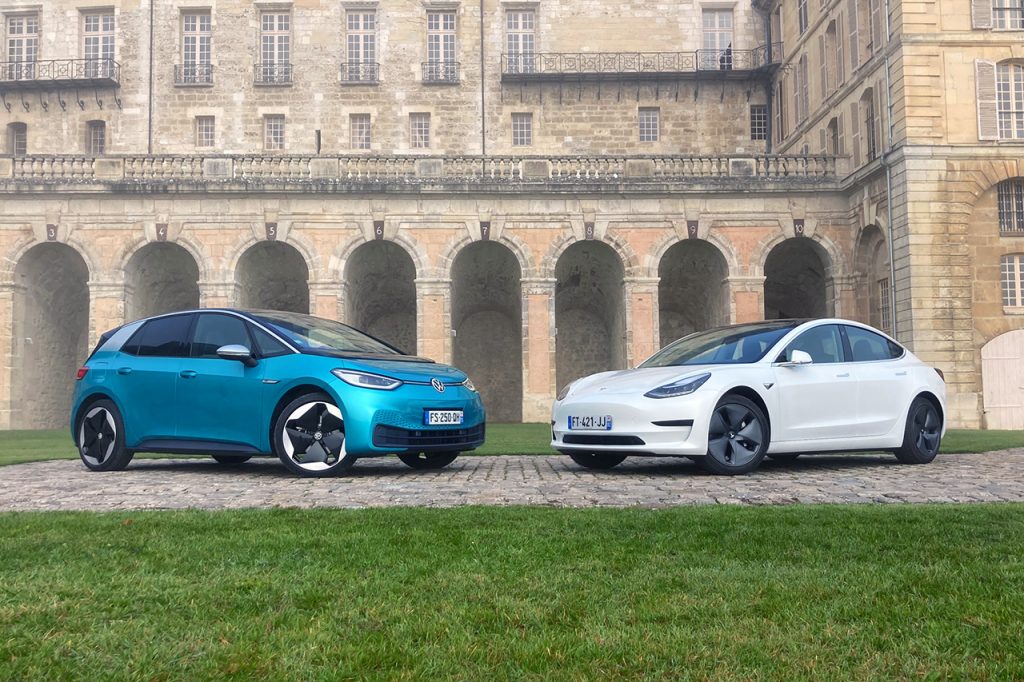Tesla, at the forefront of automotive innovation, leverages artificial intelligence (AI) to enhance various aspects of its vehicles, making them smarter and more efficient. This article explores Tesla’s application of AI in areas such as the Autopilot system, navigation, and energy management, showcasing how these advancements contribute to the overall driving experience.
Autopilot System
The Autopilot system is one of Tesla’s most notable AI applications. Utilizing machine learning algorithms, the system processes data from an array of sensors, cameras, and radars to navigate and make real-time decisions. AI enables the vehicle to recognize objects, detect lanes, and respond to changing road conditions, providing a semi-autonomous driving experience. Over-the-air updates continually improve the system, allowing it to learn and adapt based on vast amounts of driving data.
Navigation
AI also plays a crucial role in Tesla’s navigation system, optimizing routes based on real-time traffic data, weather conditions, and driver preferences. The system provides dynamic rerouting to avoid congestion and reduce travel time, enhancing the efficiency and convenience of driving. Additionally, Tesla’s navigation integrates with the Autopilot system, allowing for seamless transitions between manual and autonomous driving modes.
Energy Management
Tesla vehicles utilize AI to manage energy consumption effectively. The AI system monitors battery usage, optimizes charging cycles, and predicts energy needs based on driving patterns and external conditions. This intelligent energy management not only maximizes the vehicle’s range but also contributes to battery longevity, ensuring a sustainable and cost-effective driving experience.
Artificial Intelligence in Other Electric Vehicles
AI is not exclusive to Tesla; other automotive companies are also integrating AI to enhance their electric vehicles (EVs). This section provides an overview of how AI is utilized across the industry in systems like autonomous driving, navigation, and energy management.
Autonomous Driving
Companies such as Waymo, BMW, and Audi are incorporating AI into their autonomous driving systems. These systems use neural networks to process sensor data, enabling vehicles to navigate complex environments safely. AI algorithms help in object recognition, path planning, and decision-making, pushing the boundaries of self-driving capabilities.
Navigation
AI-enhanced navigation systems in EVs, like those from Ford and General Motors, utilize real-time data to optimize routes and improve fuel efficiency. These systems learn from user behavior and external factors, providing personalized and adaptive navigation experiences. By integrating with other vehicle systems, AI helps create a cohesive and intelligent driving environment.
Energy Management
AI’s role in energy management extends to other manufacturers as well. Companies like Nissan and Hyundai employ AI to monitor and regulate energy consumption, optimizing battery performance and charging efficiency. AI algorithms analyze driving habits, predicting energy needs and adjusting settings to conserve power, thereby extending the vehicle’s range and enhancing the overall sustainability of electric transportation.
Conclusion
Artificial intelligence is revolutionizing the automotive industry, with companies like Tesla leading the way in integrating AI into their vehicles. Through advancements in autonomous driving, navigation, and energy management, AI enhances the efficiency, safety, and user experience of electric vehicles. As the technology continues to evolve, the role of AI in the automotive industry is expected to expand, driving further innovations and transforming the future of transportation.



AI in cars is awesome! The future of Tesla cars is AI-powered.
idk man… i seen hella articles bout ai wildin out n crashin into stuff 😬
Autopilot + smart energy mgmt = future of driving! 🚗⚡ Mind blown!
tesla ai… is it really that good?